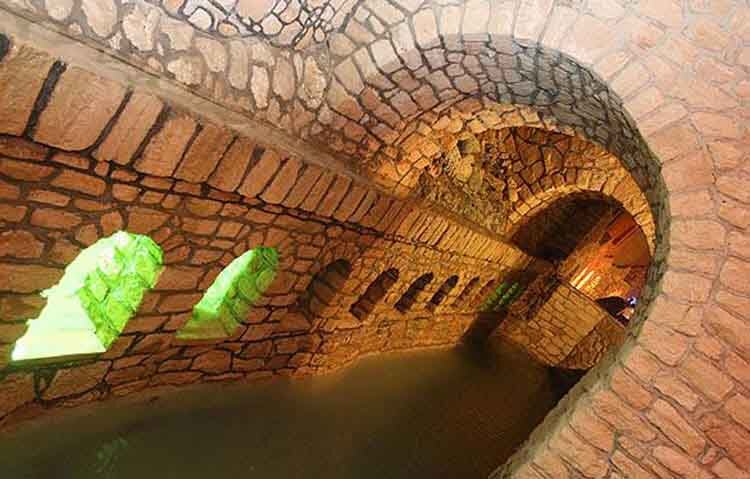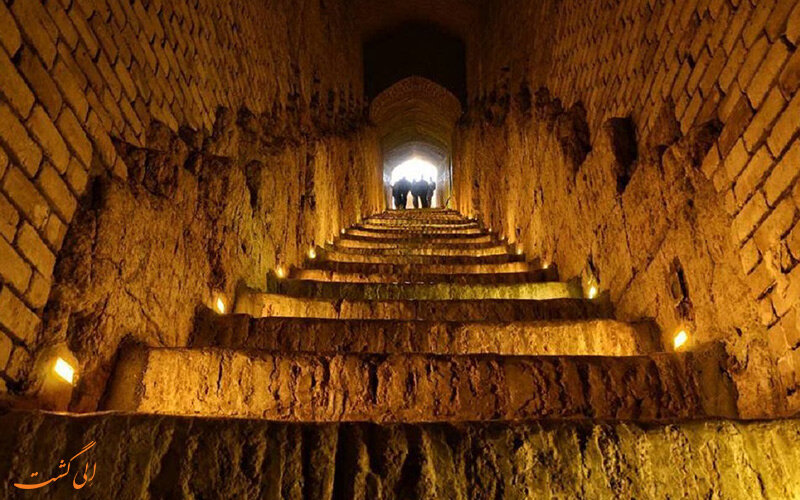‘World’s longest qanat’ under restoration in central Iran

TEHRAN – A restoration project has been commenced on sections of Zarch Qanat in central Iran, which had been harmed by recent flash floods. Widely known as the world’s longest subterranean aqueduct, the qanat is stretched some 80 km across Yazd province.
“The main water well of the world’s longest aqueduct, which is harmed by rising water levels, is being drained in a project supervised by the cultural heritage department general of Yazd province,” ISNA reported on Thursday.
“Due to the recent downpours and floods in Yazd, lots of mud entered this global [UNESCO-tagged] aqueduct and caused the closure of three shafts and the rise of water in it.”

Before the project begins, the mother well of the qanat was assesses by a team of experts including Seyyed Mostafa Fatemi, the provincial tourism chief, and Ebrahim Kazemnajand, the director of the UNESCO-tagged site, the report added.
A challenge that faces the qanat is that [after each heavy flood] it should be discharged step by step and manually whenever a massive flash flood happens and this issue may be the least flip to realize the parts of the efforts of [ancient] workers made at the time of digging the Zarch aqueduct as the world’s longest aqueduct.
The qanat starts from the village of Fahraj located in the north east of Yazd and it runs at the depth of 30-40 m beneath the surface. It reaches Zarch, where the water is used for irrigation in lower lands of the city of Yazd.
Based on a recent survey, some 37,000 out of a total of 120,000 ancient subsurface water supply systems, qanats, are still in use in Iran in arid and semi-arid regions of the country.

A select of eleven qanats is collectively been inscribed on the UNESCO World Heritage list under the title of Persian Qanat. Each of them epitomizes many others in terms of geographic scopes, architectural designs and other motives. Such subterranean tunnels provide exceptional testimony to cultural traditions and civilizations in desert areas with an arid climate.
Generally, each qanat comprises an almost horizontal tunnel for collecting water from an underground water source, usually an alluvial fan, into which a mother well is sunk to the appropriate level of the aquifer.

UNESCO has it that “The qanats provide exceptional testimony to cultural traditions and civilizations in desert areas with an arid climate.”
Throughout the arid regions of Iran, agricultural and permanent settlements are supported by the ancient qanat system of tapping alluvial aquifers at the heads of valleys and conducting the water along underground tunnels by gravity, often over many kilometers.
AFM/MG

Leave a Comment